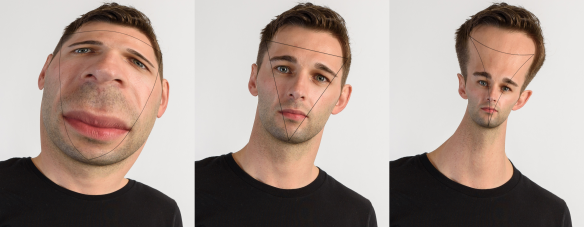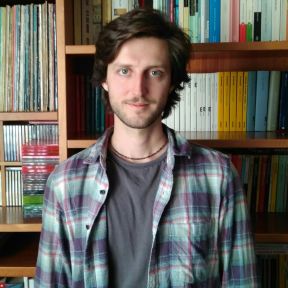Can quantum fields tell us about the curvature of a black hole event horizon?
By Tom Morley, Peter Taylor, Elizabeth Winstanley
The event horizon of a black hole completely surrounds a singularity. It seems obvious that the event horizon takes the form of a (possibly distorted) sphere, a surface with positive curvature. If the space-time far from the black hole is flat, this must be the case. Suppose instead that the space-time in which the black hole is situated itself has negative curvature (this is known as anti-de Sitter space-time and arises in string theory). Then the event horizon does not have to have positive curvature; it can have zero or negative curvature.
How do these different horizon shapes affect black hole physics? If we look at our reflection in a flat mirror, it is undistorted, but a mirror with positive or negative curvature distorts our reflection, as might be experienced in a “hall of mirrors” at a fairground (see image below for some similar effects).

Tom Morley is a PhD student at the University of Sheffield.

Peter Taylor is Assistant Professor of Mathematical Sciences at the Centre for Astrophysics and Relativity, Dublin City University.

Elizabeth Winstanley is Professor of Mathematical Physics at the University of Sheffield.




















You must be logged in to post a comment.